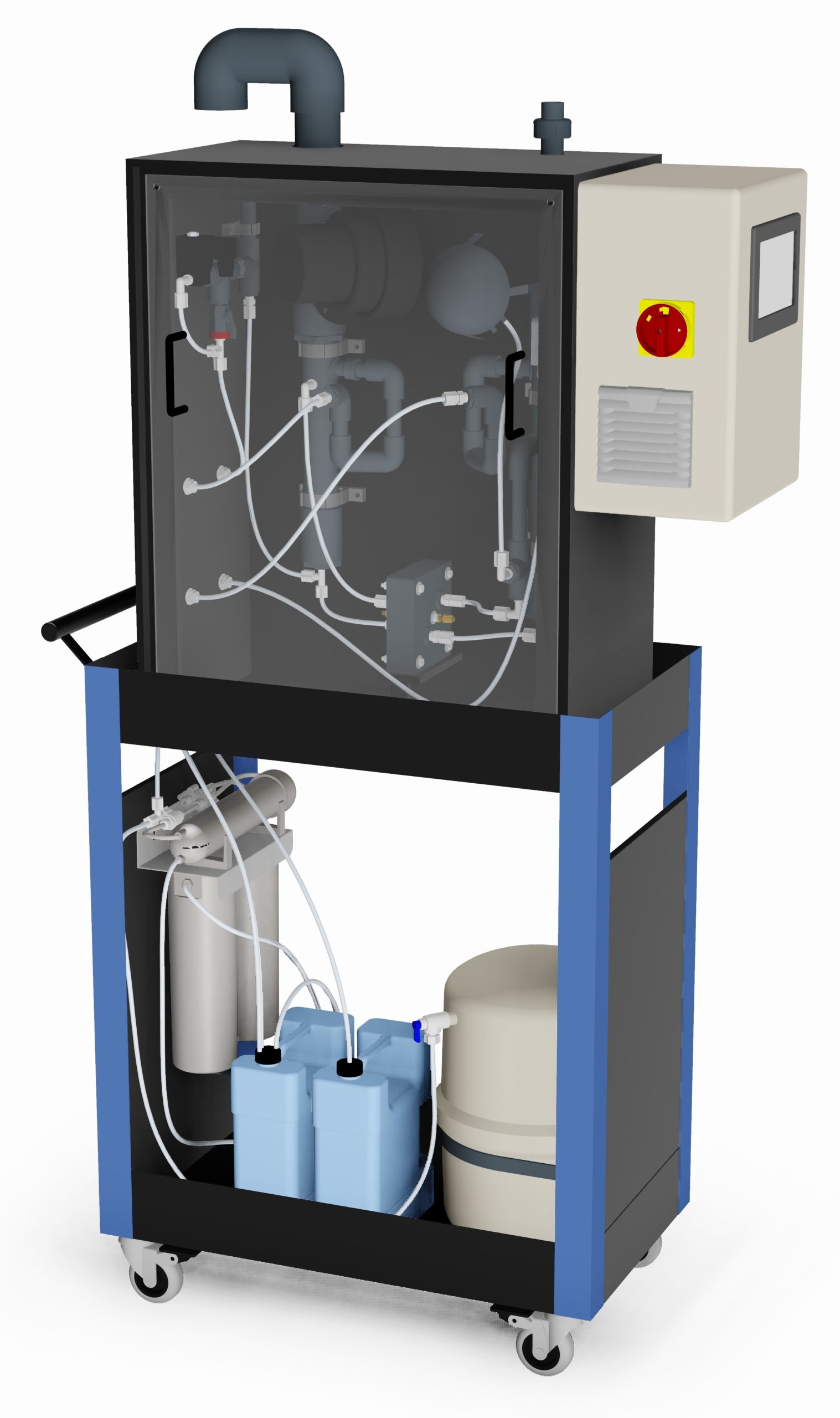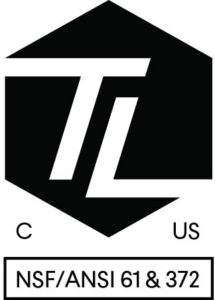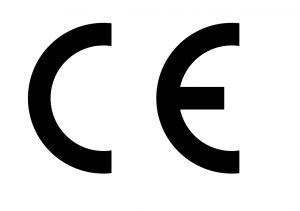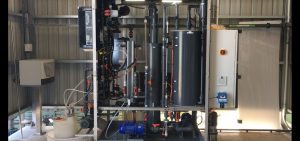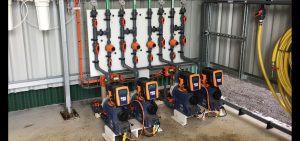The CMG chlorine dioxide generator produces ClO2 gas
With the advent and continued worldwide presence of Coronavirus (COVID-19), there is interest in technologies for efficient and safe disinfection and decontamination of air and surfaces. Chlorine dioxide gas has proven effectiveness for inactivation of baceteria, viruses, spores and protozoa. The CMG generator is a portable chlorine dioxide gas generator that can be moved simply to a desired location, connected to single phase power and operated automatically and safely. ClO2 gas discharges through the outlet pipe into a space or room under real-time timer control.
Typical Applications
- Hospital rooms; Trains and buses; School rooms; Shopping malls for COVID-19 decontamination
- Food processing facilities
- Medical cannabis greenhouses. ClO2 is also used to control odor and powdery mildew.
- Small cooling towers. ClO2 is injected into the cooling tower sump.
Electrochemical Generation
Chlorine dioxide is generated electrochemically using a single chemical precursor: 25% or 31% sodium chlorite.
Output = 11 g/hr = 0.5 lb/day
PLC & HMI Controlled with Remote Internet Access
The generator is HDPE skid mount with wheels for easy movement. Operator interface is through a touchscreen for simple adjustment of on/off times, feedback of system status and alarms. Optional remote internet access through 4G router.
Interested to know more? See our CMG web page.
Download the Brochure
 CMG Chlorine Dioxide Gas Generator (37.1 KiB)
CMG Chlorine Dioxide Gas Generator (37.1 KiB)
Contact us for more information or a quotation.

 Fabrication
Fabrication 
